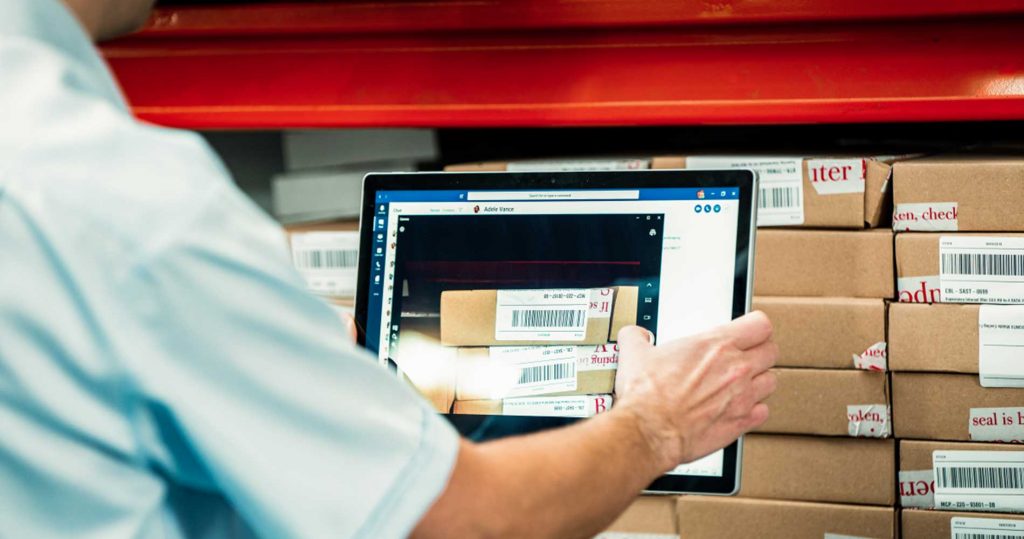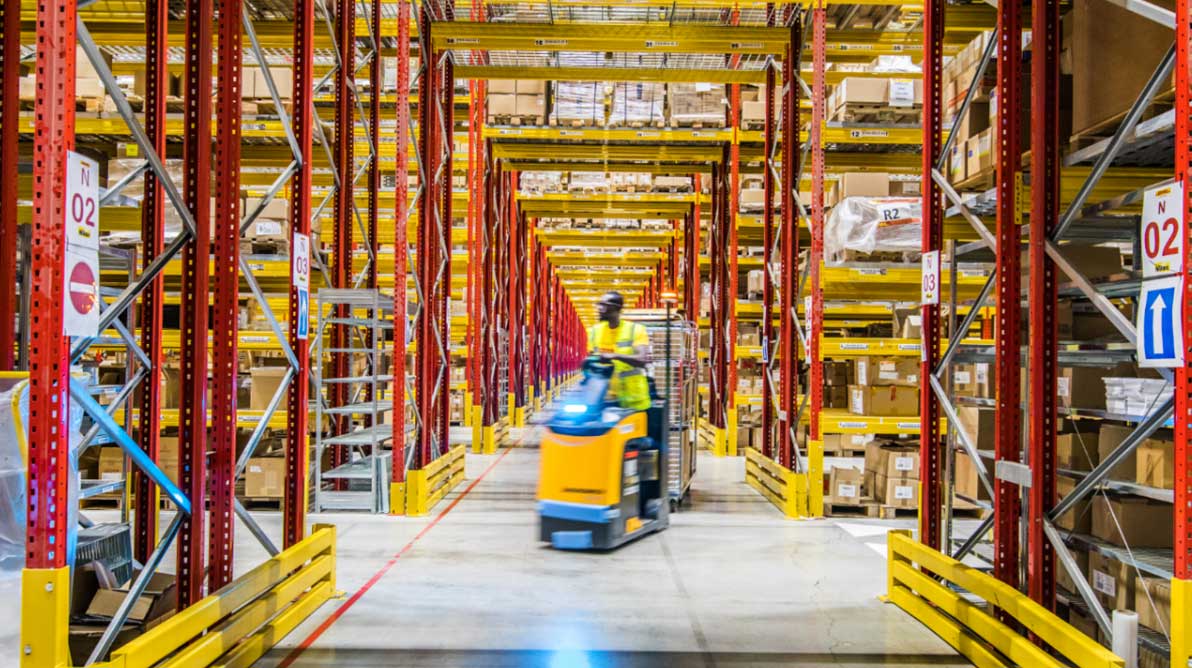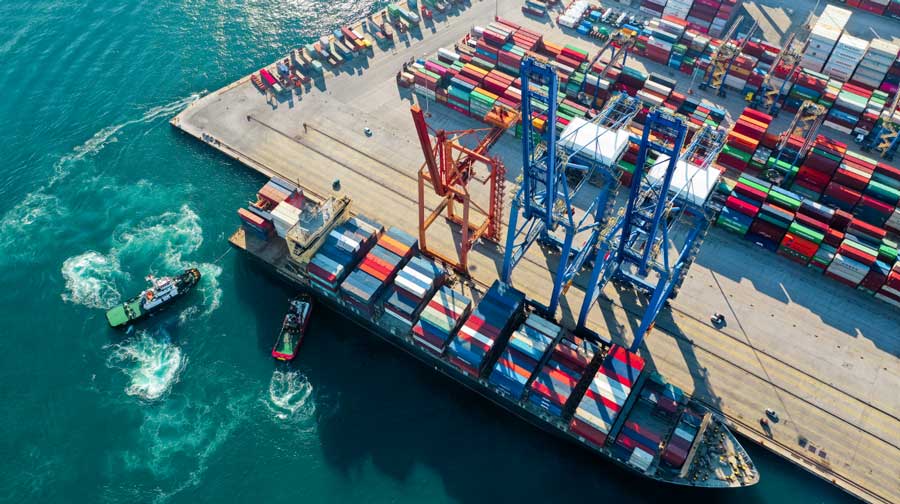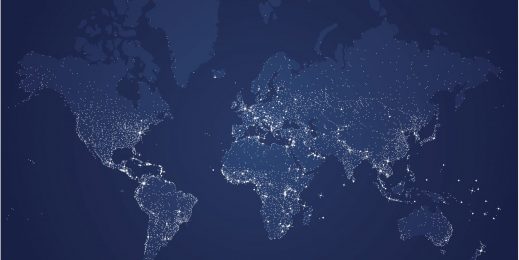
Digitisation makes for a more resilient supply chain
In the age of digital transformation and online retail, we have several modern conveniences at our fingertips that were unimaginable just a few years ago. On demand consumption was a normal way of life, but the pandemic turned this on its head with certain food, medicine and even toilet paper at times hard to find.
While consumers lined up, many businesses were left with stock that they could not distribute under lockdown restrictions. A farmer in Mali was forced to discard sacks of mangoes due to delays in transporting his crop to Senegal, while the East African Grain Council reported 50km-long tailbacks of trucks at the border between Kenya and Uganda.
All aspects of the supply chain were put under strain and mattered a great deal more to us. As Microsoft EMEA President Ralph Haupter, in a LinkedIn post earlier this month said, “we all became supply chain experts as both supply and demand became unpredictable.” Preventing the disruption to this network of manufacturers, distributors and consumers, and protecting it against future challenges, became a priority for business leaders.
Operating at the frontline of a pandemic
A forklift driver, one of DHL’s “everyday heroes,” at a warehouse in Beringe, the Netherlands.It was obvious early on how dependent society is on the continued operations of the supply chain. While many business operations had to hit pause, the consumption of essential goods did not stop and all stakeholders along the supply chain from suppliers and manufacturers to logistics had to carry on in the face of restrictive measures. One such example of this is logistics company DHL, which was instrumental in ensuring goods such as PPE, pharmaceuticals and other lifesaving medical products were delivered timeously.
Hendrik Venter, CEO of mainland Europe, Middle East and Africa for DHL Supply Chain, says the organisation first needed to ensure the safety of their teams from delivery drivers and warehouse staff to DHL’s office-bound workers. “Only that would guarantee we could be operational and help our customers navigate through the crisis,” says Venter.
With its teams’ safety taken care of, DHL could then focus on its customers. This meant that Venter and his team had to move quickly and turned to the company’s tech infrastructure to better inform their decisions. Cloud-enabled software allowed instant access to information from any of DHL’s warehouses and distribution centres across its sizeable footprint.
“The importance of access to real-time information was evident pre-crisis, but the pandemic exposed an even greater need for end-to-end visibility across the supply chain to enable fast response. A solid IT infrastructure and powerful tools to predict and analyse terabytes of data in real time is helping us make supply chains smarter,” says Venter.
Visibility leads to transparency
The pandemic has demonstrated the importance of end-to-end visibility in the supply chain for organisations to act quickly during a crisis. However, it has also enabled further transparency in a world where customers want to know exactly where their products come from. Organisations are expected to trade and operate ethically and sustainably, and digitising the supply chain can enable that.
One such example is the use of blockchain in the coffee industry. In response to consumer demand for more transparency in the industry, companies like Starbucks are working with small-scale coffee bean farmers in Burundi and Rwanda. The coffee giant is hoping to better understand the needs of these farmers, while also providing tailored tech solutions for greater access to new markets, financial support, and more control over their crop.
Social tech company FRDM saw the need to make supply chains more transparent and built a customisable dashboard that allows organisations to track a product or service back to its source. With these mindful and purposeful steps, supply chains not only become more transparent, but more sustainable and resilient to disruptions.
Moving forward
This year has proven it’s difficult to predict what the future will hold, but it is possible to mitigate against certain risks such as national lockdowns, delayed deliveries and unpredictable demand spikes.
For example, the concept of nearshoring is slowly gaining ground in the MEA region. It’s the process of companies storing supplies or moving their services to locations closer to the markets in which they operate. Nearshoring helps to reduce the risks associated with strict regulations with the added benefits of shortening lead time to market and allowing for increased volume.
With manufacturers signalling possible moves from traditional markets to closer territories, places like the United Arab Emirates could become desirable locations for nearshoring. In fact, the China-UAE Industrial Capacity Cooperation Demonstration Zone Project has already brought in 20 Chinese companies with the possibility of not only increasing warehouse usage, but manufacturing in the country too. The region has the unique quality of being a hub between East and West.
It’s this added flexibility enabled by technology and diversification of the industry that allows businesses to be more agile when they need it most. Being open and ready to respond to the needs of customers, requirements of governments and expectations of consumers is what will differentiate businesses from one another and maintain continuity in an unpredictable world.












![A security team analyses key data from a visual dashboard.]](https://news.microsoft.com/wp-content/uploads/prod/sites/133/2023/04/Security-Sprint_TL_Banner-Image-519x260.jpg)



